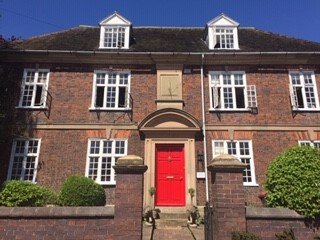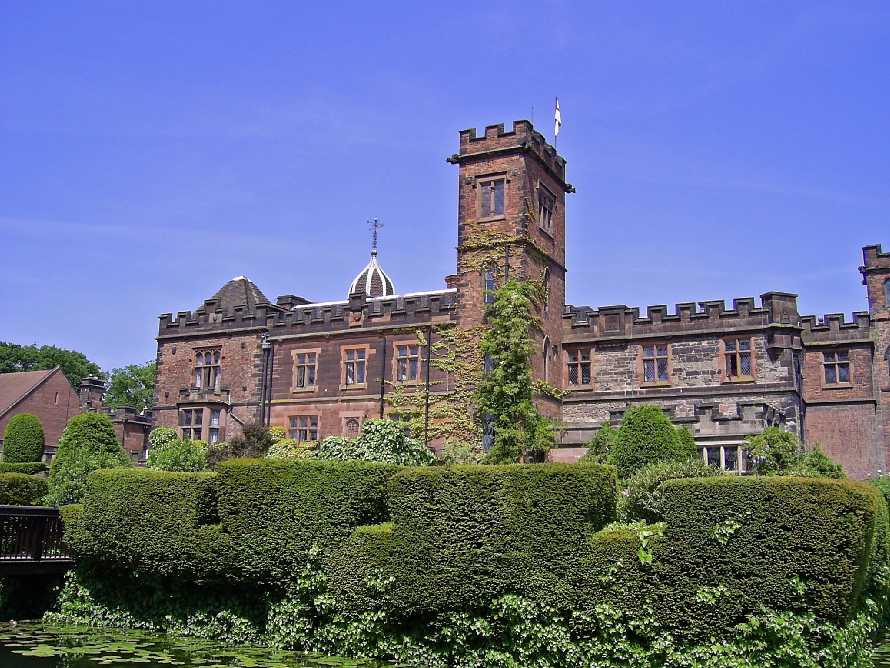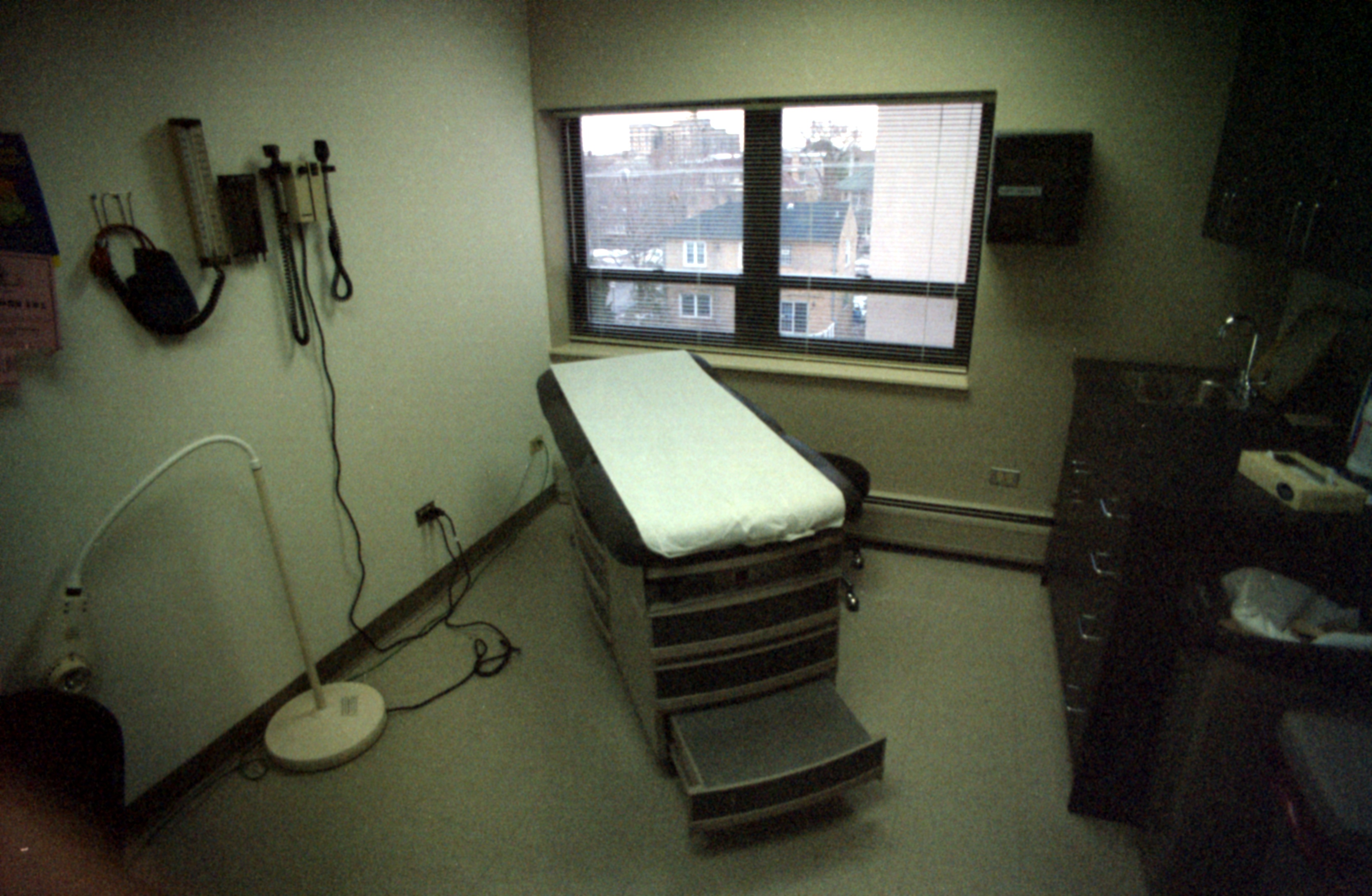|
Foul End
Foul End is a small hamlet in the civil parish of Kingsbury, in the North Warwickshire district, in the county of Warwickshire, England. Other nearby places include Hurley, Wood End, Hurley Common, Coleshill, Water Orton, Curdworth, Atherstone and Tamworth. Governance The village was part of the Tamworth Rural District from its creation in 1894, until 1965 when it became part of the Atherstone Rural District. In 1974 under the Local Government Act 1972 Foul End became part of the newly formed district of North Warwickshire. Inside North Warwickshire it is part of the Hurley and Wood End Ward. Foul End is part of the North Warwickshire constituency. History The name "Foul End" means 'Dirty clearing end' or 'well-watered land' and was the home of William de Fouleye and Henry de Fouleye. Foul End was "Fouleye" in 1315 and 1327, "Foulend" in 1591 and "Fowle end" in 1609 and 1672. There are several historic cottages located at Foul End. Orchard Cottage is predominantly ... [...More Info...] [...Related Items...] OR: [Wikipedia] [Google] [Baidu] |
Kingsbury, Warwickshire
Kingsbury is a large village and civil parish in the North Warwickshire district of the county of Warwickshire, in the West Midlands region of England. The civil parish population at the 2011 census was 7,652. The village is situated between Birmingham and Tamworth, which is to the north, and overlooks the River Tame. The A51 to Chester starts from here; as does the A4097, which runs through Curdworth and Minworth before joining the A38. This continues to Junction 6 of the M6 (Spaghetti Junction) giving access to the motorway network of the Midlands and the City of Birmingham. Kingsbury is notable for the Kingsbury Water Park, a shooting range and a large oil storage depot to the north-east. The church of Saint Peter and Saint Paul dates from the 12th century and is a grade II* listed building. History The name Kingsbury is derived from the Saxon ''Chinesburie'' meaning 'royal fortified house' or 'Kings Fort'. The 'bury' part of the name means 'fort' or 'defensive work' ... [...More Info...] [...Related Items...] OR: [Wikipedia] [Google] [Baidu] |
CV Postcode Area
The CV postcode area, also known as the Coventry postcode area, is a group of 24 postcode districts in central England, within eleven post towns. These cover the eastern part of the West Midlands county (including Coventry), most of Warwickshire (including Atherstone, Bedworth, Kenilworth, Leamington Spa, Nuneaton, Rugby, Shipston-on-Stour, Southam, Stratford-upon-Avon and Warwick), a part of west Leicestershire and a very small part of Northamptonshire. The postcode areas CV1 to CV6 incorporate the city of Coventry and its contiguous suburbs, with CV7 covering several rural and suburban villages to the immediate west and north of the city (where Coventry remains the post town), ie, the eastern portion of Solihull Borough and the southernmost areas of the Nuneaton & Bedworth District. CV8 to CV47 covers all other post towns in the postcode area, to the north, south and east of Coventry (full coverage listed below). The CV area borders seven other postcode areas : B (Birming ... [...More Info...] [...Related Items...] OR: [Wikipedia] [Google] [Baidu] |
Tamworth And Lichfield College
South Staffordshire College is a further education college located over four sites in Staffordshire, England. The college was created in 2009 as a result of a merger of Cannock Chase Technical College, Rodbaston College and Tamworth and Lichfield College. It now operates over five sites in Lichfield, Rodbaston (Penkridge), Cannock and 2 campuses in Tamworth. The Cannock campus was closed in July 2017 but re-opened as the Skills and Innovation Hub in August 2018. South Staffordshire College offers a range of further education courses including NVQs, apprenticeships and access courses. The college also has a higher education provision, with courses offered in conjunction with Staffordshire University and the University of Wolverhampton. The College is a sponsor of The Rural Enterprise Academy, a state-funded secondary school in Penkridge Penkridge ( ) is a village and civil parishes in England, civil parish in South Staffordshire, South Staffordshire District in Staffordsh ... [...More Info...] [...Related Items...] OR: [Wikipedia] [Google] [Baidu] |
North Warwickshire And Hinckley College
North Warwickshire and South Leicestershire College - North Warwickshire and Hinckley Campus, previously North Warwickshire and Hinckley College, is a Further Education College with main campuses in Nuneaton, Hinckley, Harrowbrook and Wigston. The college offers apprenticeships, full-time, and part-time further and higher education courses. History The college began in 1910 as the Nuneaton Technical College and the Nuneaton School of Art, with the technical college catering mainly to mining students. In 1913, the college moved to a larger building containing a laboratory, lecture room, drawing room, and handicraft room, only for the college to close between 1914 and 1919 due to the First World War. When the college reopened after the war, it changed its structure to include general education courses. The college grew further and relocated again in 1923, becoming the County Mining and Technical School in 1932. The size and scope of the education provided continued to grow over th ... [...More Info...] [...Related Items...] OR: [Wikipedia] [Google] [Baidu] |
Kingsbury School, Warwickshire
Kingsbury School is a coeducational secondary school located in the village of Kingsbury, Warwickshire, England. Its main catchment area is Kingsbury, but students also attend from a number of neighbouring villages, such as Hurley and Whitacre Heath, Picadilly, Wood End, Bodymoor Heath and Middleton. The school occupies a fairly central part of the village, and a school has existed in Kingsbury for over 300 years. The original school was established in 1686 by Thomas Coton. The present comprehensive school was built in 1956, and currently caters for around 610 students, whose ages range from 11 to 18. It is a specialist mathematics and science college. Following poor results in 2008 where the school was placed at the bottom of the Warwickshire league tables and significantly below national the school has undergone significant transformation. Under new leadership (and largely new staffing) A*-C results have improved to be significantly above the national average (67% A*-C in ... [...More Info...] [...Related Items...] OR: [Wikipedia] [Google] [Baidu] |
Sutton Coldfield
Sutton Coldfield or the Royal Town of Sutton Coldfield, known locally as Sutton ( ), is a town and civil parish in the City of Birmingham, West Midlands, England. The town lies around 8 miles northeast of Birmingham city centre, 9 miles south of Lichfield, 7 miles southwest of Tamworth and 7 miles east of Walsall. Sutton Coldfield and its surrounding suburbs are governed under Birmingham City Council for local government purposes but the town has its own town council which governs the town and its surrounding areas by running local services and electing a mayor to the council. It is in the Historic county of Warwickshire, and in 1974 it became part of Birmingham and the West Midlands metropolitan county under the Local Government Act 1972. History Etymology The etymology of the name Sutton appears to be from "South Town". The name "Sutton Coldfield" appears to come from this time, being the "south town" (i.e. south of Tamworth and/or Lichfield) on the edge of the "col f ... [...More Info...] [...Related Items...] OR: [Wikipedia] [Google] [Baidu] |
Good Hope Hospital
Good Hope Hospital is a teaching hospital in the Sutton Coldfield area of Birmingham, England. Covering north Birmingham and south east Staffordshire, it is managed by the University Hospitals Birmingham NHS Foundation Trust. History The hospital has its origins in a Victorian house built for the Rev. Riland Bedford, the local rector, in 1882. Originally known as Broomieclose, it became known as Good Hope House after a change of ownership in 1912. It was converted into a convalescent centre in 1943 and two single-storey wards were added in the 1950s to act as a facility for the potential evacuation of patients from Birmingham in the event of a nuclear attack. The Sheldon Unit and the Fothergill Block were added in 1967, the Richard Salt Unit opened in 1971 and new facilities for endoscopy, outpatients and diagnostic services followed in 2005. Services Good Hope is a teaching hospital with library and learning facilities in the Partnership Learning Centre, which is part-funded ... [...More Info...] [...Related Items...] OR: [Wikipedia] [Google] [Baidu] |
Emergency Department
An emergency department (ED), also known as an accident and emergency department (A&E), emergency room (ER), emergency ward (EW) or casualty department, is a medical treatment facility specializing in emergency medicine, the acute care of patients who present without prior appointment; either by their own means or by that of an ambulance. The emergency department is usually found in a hospital or other primary care center. Due to the unplanned nature of patient attendance, the department must provide initial treatment for a broad spectrum of illnesses and injuries, some of which may be life-threatening and require immediate attention. In some countries, emergency departments have become important entry points for those without other means of access to medical care. The emergency departments of most hospitals operate 24 hours a day, although staffing levels may be varied in an attempt to reflect patient volume. History Accident services were provided by workmen's compensation ... [...More Info...] [...Related Items...] OR: [Wikipedia] [Google] [Baidu] |
Nuneaton
Nuneaton ( ) is a market town in the borough of Nuneaton and Bedworth in northern Warwickshire, England, close to the county border with Leicestershire and West Midlands County.OS Explorer Map 232 : Nuneaton & Tamworth: (1:25 000) : Nuneaton's population at the 2021 census was 94,634, an increase from 86,552 at the 2011 census making it the largest town in Warwickshire. The author George Eliot was born on a farm on the Arbury Estate just outside Nuneaton in 1819 and lived in the town for much of her early life. Her novel ''Scenes of Clerical Life'' (1858) depicts Nuneaton. There is a hospital named after her, The George Eliot Hospital. There is also a statue of George Eliot in the town centre. History Early history Nuneaton was originally an Anglo-Saxon settlement known as 'Etone' or 'Eaton', which translates literally as 'settlement by water', referring to the River Anker. 'Etone' was listed in the Domesday Book as a small farming settlement with a population of around 1 ... [...More Info...] [...Related Items...] OR: [Wikipedia] [Google] [Baidu] |
George Eliot Hospital
George Eliot Hospital is a single site hospital located in Nuneaton, Warwickshire, it is managed by the George Eliot Hospital NHS Trust. It provides a full range of emergency and elective medical services, including maternity services, to the local area. The Hospital is one of many local buildings named after Nuneaton-born author George Eliot. Additionally, many of the hospital's surgical and medical wards are named after characters within George Eliot novels (e.g. Felix Holt, Arbury lodge, Caterina, Adam Bede, Dolly Winthrop). The Hospital also has a set of operating theatres on the first floor. History The George Eliot Hospital opened in 1948. The hospital established its own museum in 1982: originally intended as a teaching aid, the museum evolved into one of the few NHS-owned museums in the country until cost-cutting measures forced it to close. The hospital expanded in July 1993, when the Manor Hospital, which had provided the Nuneaton's accident and emergency services, o ... [...More Info...] [...Related Items...] OR: [Wikipedia] [Google] [Baidu] |
Doctor's Office
A doctor's office in American English, a doctor's surgery in British English, or a doctor's practice, is a medical facility in which one or more medical doctors, usually general practitioners (GP), receive and treat patients. Description Doctors' offices are the primary place where ambulatory care is given, and are often the first place that a sick person would go for care, except in an emergency, in which case one would go to an emergency department at a hospital. In developed countries, where health services are guaranteed by the state in some form, most medical visits to doctors take place in their offices. In the United States, where this is not the case, many people who cannot afford health insurance or doctor's visits must either go to free or reduced-cost clinics or an emergency department at a hospital for care, instead of a doctor's office. For healthy people, most visits to doctors' offices revolve around a once-yearly recommended physical examination. This ex ... [...More Info...] [...Related Items...] OR: [Wikipedia] [Google] [Baidu] |




